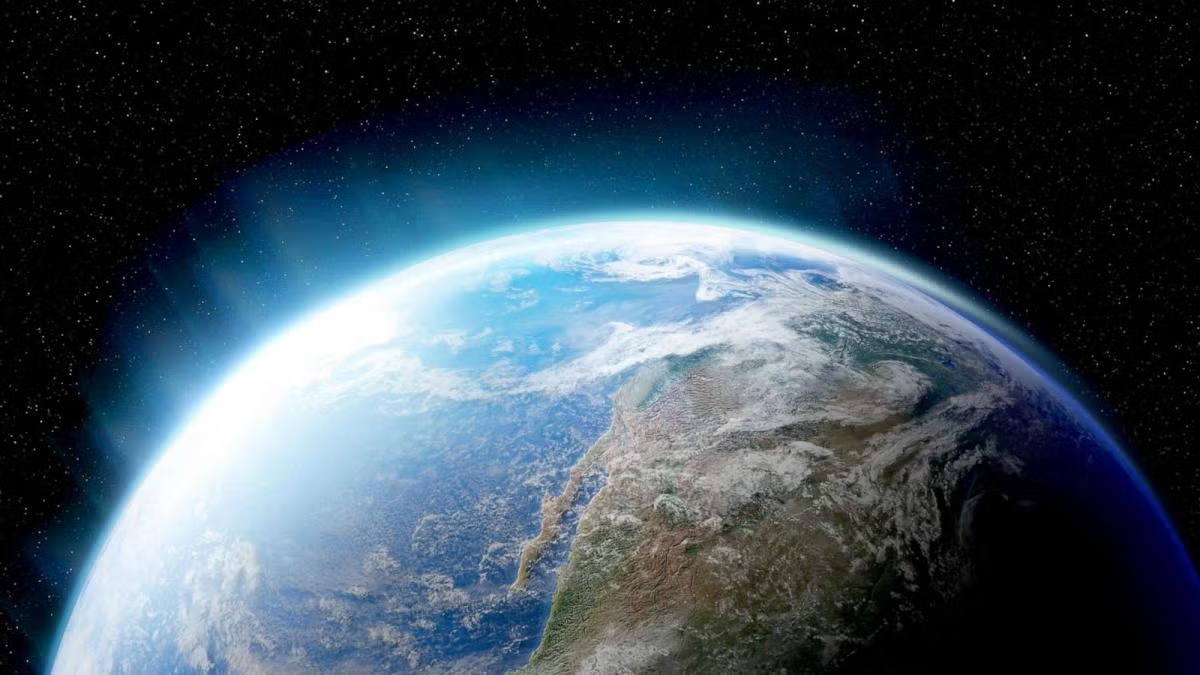
Students use an interactive map and ArcGIS software to analyze the impacts of climate change on global populations.

This lesson walks students through the movement of air in the atmosphere and the energy that drives it. It contains a PowerPoint, activity, worksheet and assessment.

A lesson to teach students how to collect, organize, interpret data, make inferences, raise awareness, and suggest possible solutions on the water quality of the waterbodies in the state of Arizona.

In this lesson, students will be creating a working model demonstrating Earth’s rotation and revolution. Students will be able to explain the differences between Earth’s rotation and revolution
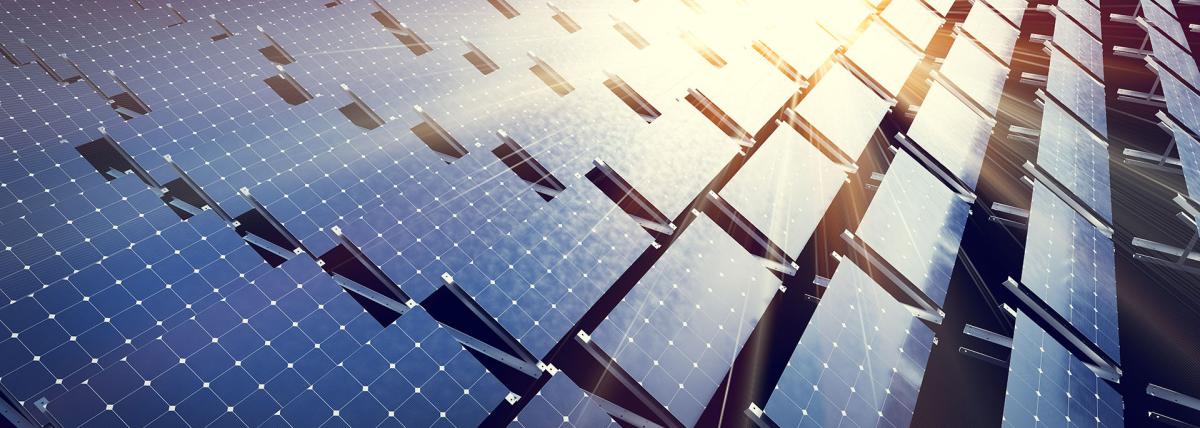
This investigation provides a fun and engaging way for students to learn about data collection, graphing, and proportional relationships while exploring the power of renewable energy. By applying

In this lesson, students will work in groups to design a model that will demonstrate the best erosion techniques for the model of a road experiencing flooding or heavy rainfall. Students will be given
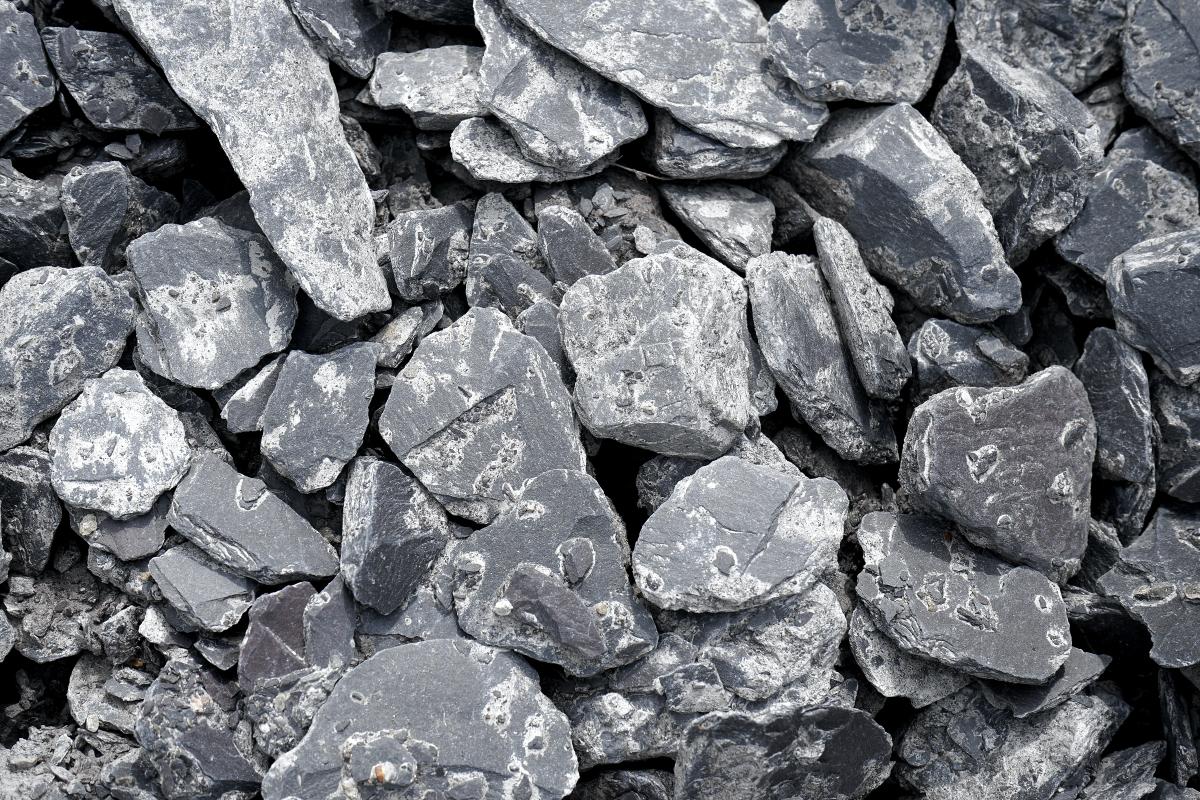
This lesson combines math, science and art in a sparkling and engaging activity. Student will learn about rock classifications and draw an example using geometry. Students will gain an understanding

After completing a unit on weather, students will be challenged to research, design, construct and attach a snow plow to their Edison robot. Then they will create a scratch code that will navigate
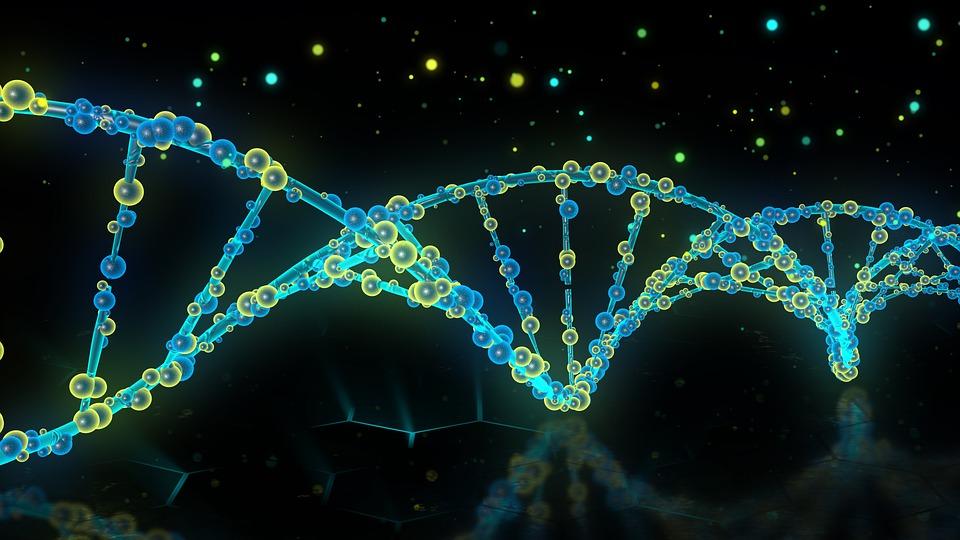
In this lesson students will use everything they've done in parts 1-3 to analyze how mutations affect proteins. Students will build the mutated proteins that they sequenced in part 3. They will test

In this lesson, students will be introduced to mutations in DNA. They will create beaded or illustrated "codes" to represent 5 different mutations to their original protein codes. These codes will be

In this lesson students will continue to learn about protein synthesis. At the beginning of this lesson students should know that genes have the code to make proteins. Today they will be introduced to
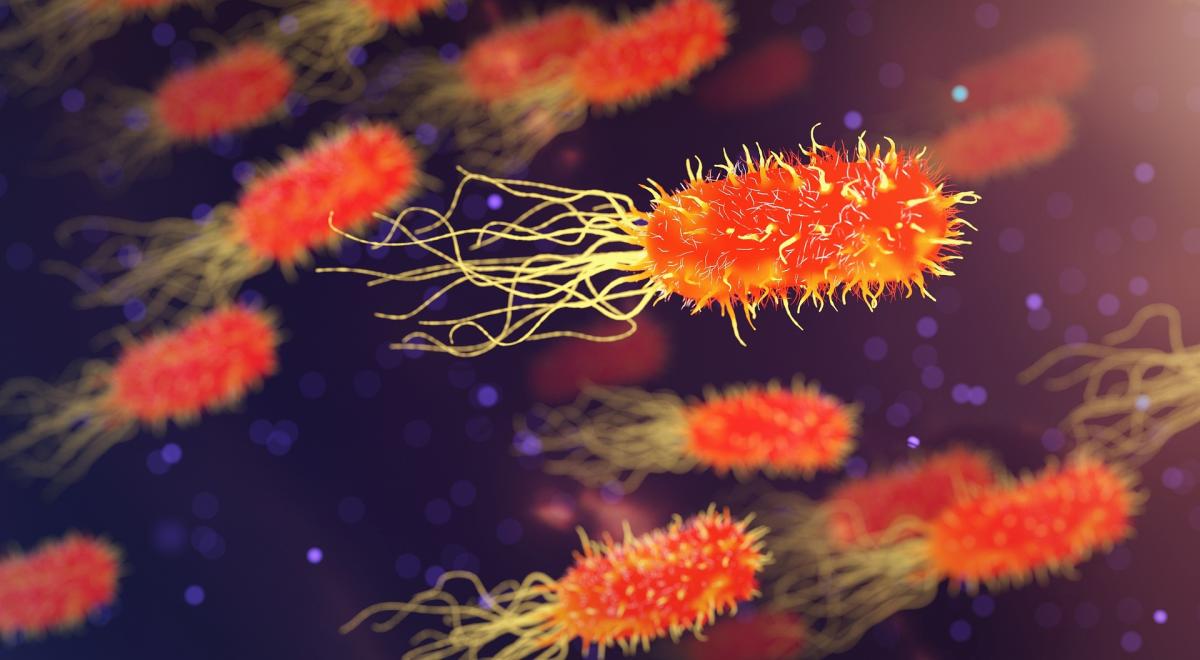
Students have the opportunity explore different materials that use nanotechnology and then discuss the key differences between macroscale and nanoscale impacts on those materials.
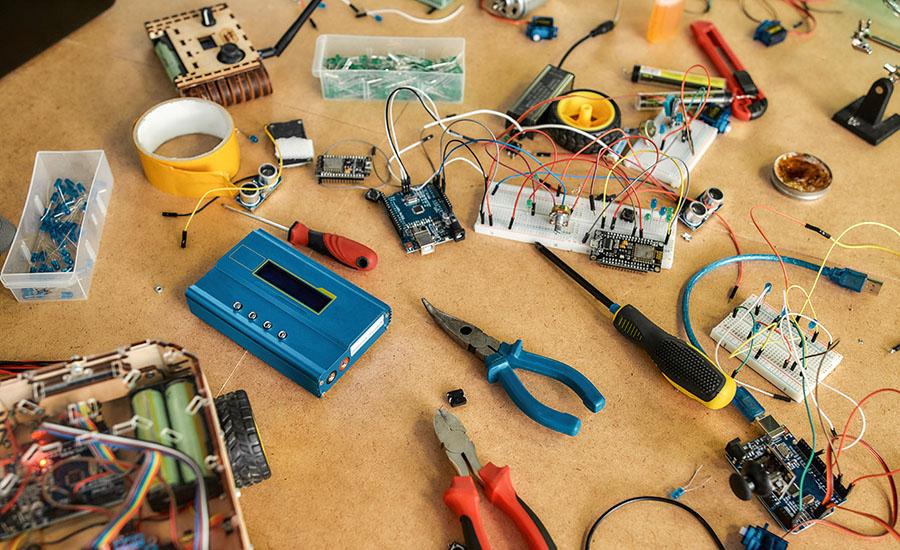
Students will learn and recall about the different parts and components of an Adafruit Circuit Playground Express. Students will be able to program an Adafruit Circuit Playground Express

This lesson is the beginning stages of planning for a greenhouse. Students work to gather data and information about possible locations for the greenhouse by using their perimeter skills.
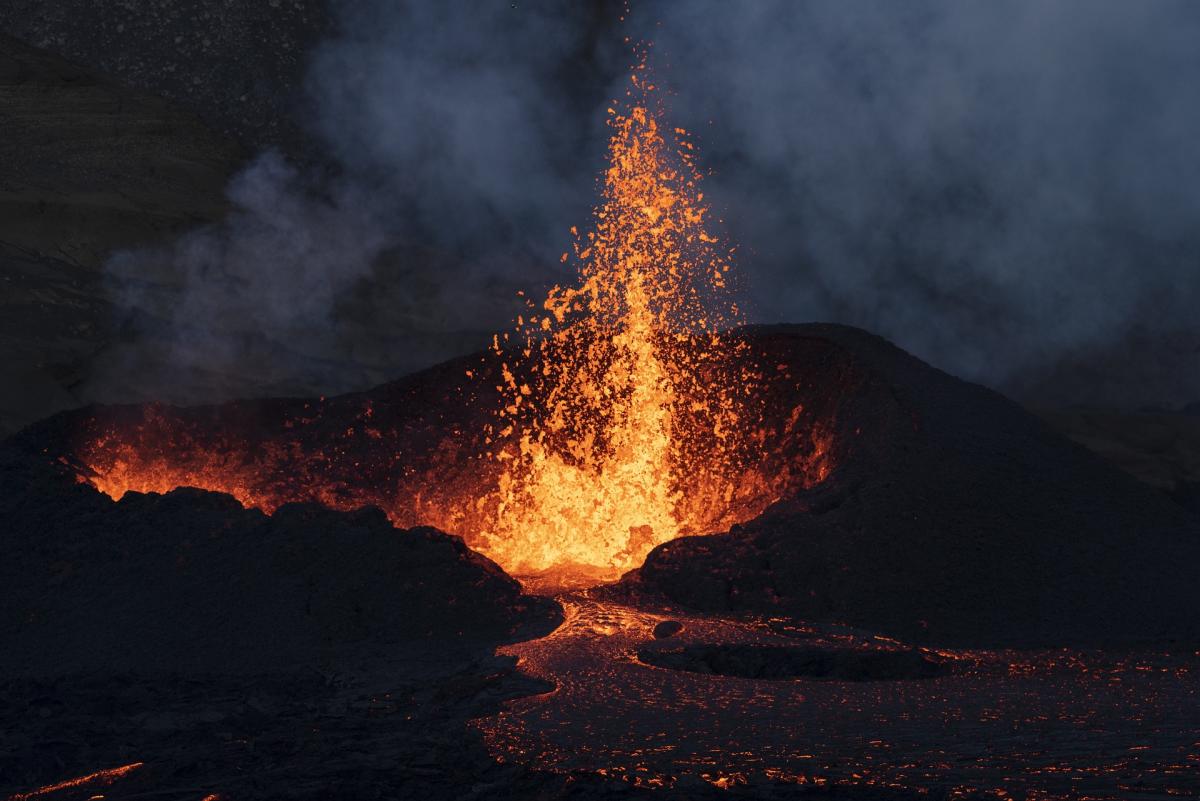
Volcanoes: Studying Viscosity of Lava & Magma and how it relates to The San Francisco Volcanic Field
This lesson allows students to explore why volcanoes are shaped differently and why they erupt differently. Students will investigate viscosity, silica content of igneous rock samples, and perform
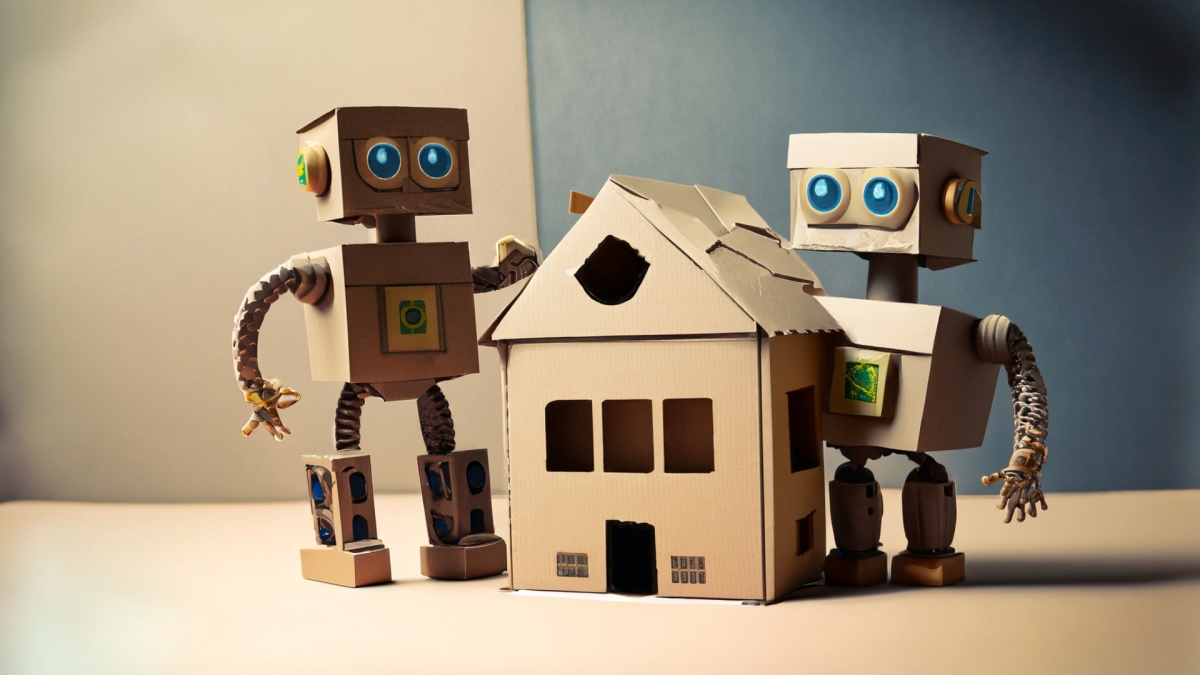
By the end of this lesson, students will understand the unique adaptations of desert tortoises and the importance of conserving their habitat. Students also engineer a habitat for the desert tortoise.
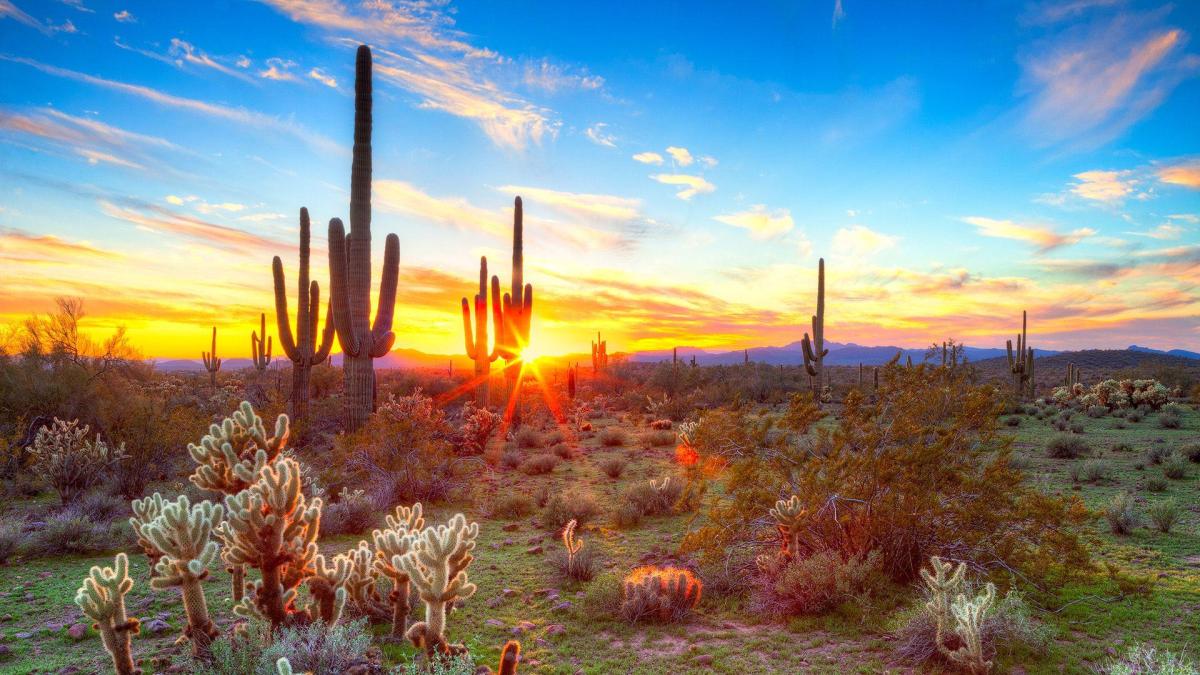
Including themes of natural resources, art, and geography; this engineering lesson introduces students to the idea of mass conservation. While using the phenomena of the water crisis in Arizona,
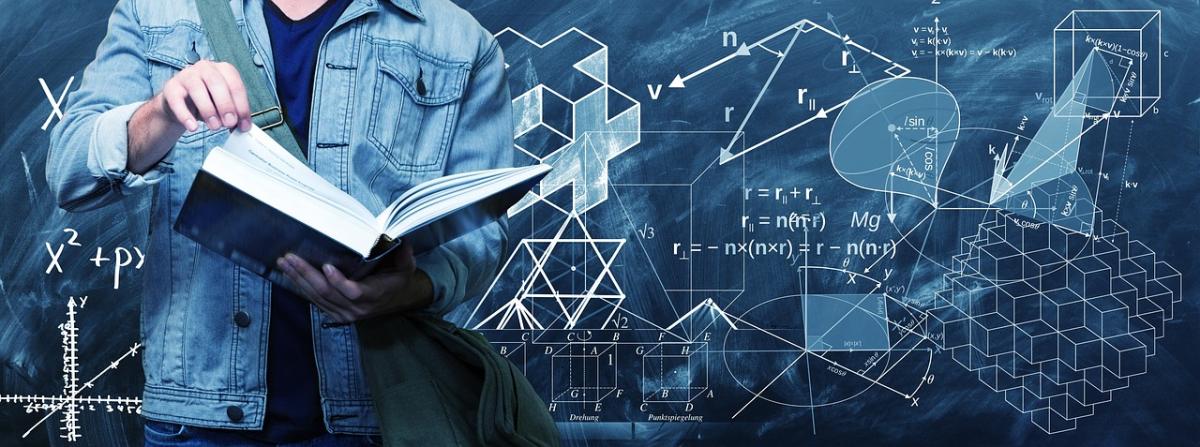
In this lesson, students will learn about Wilson Bentley, the "farmer scientist" who pioneered photomicrography to photograph snowflakes and share them with the world. Students will then design and

Students in 4th grade learned about natural disasters through this interactive STEM lesson focused on the creation on a 'tsunami-proof' home. Students used the Engineering Design Process to create a

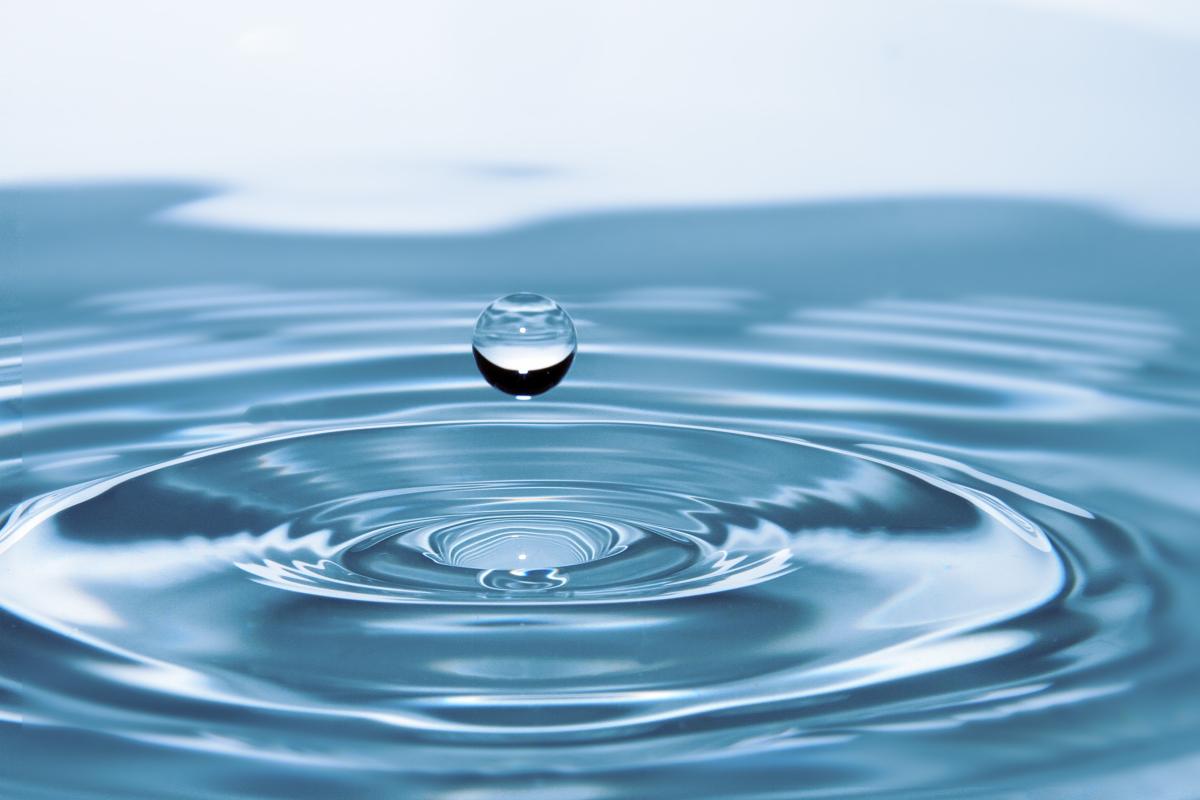
Students will learn about water availability in Arizona and design and build a prototype/model of a rain-catchment/recycling system to provide water for a school garden.
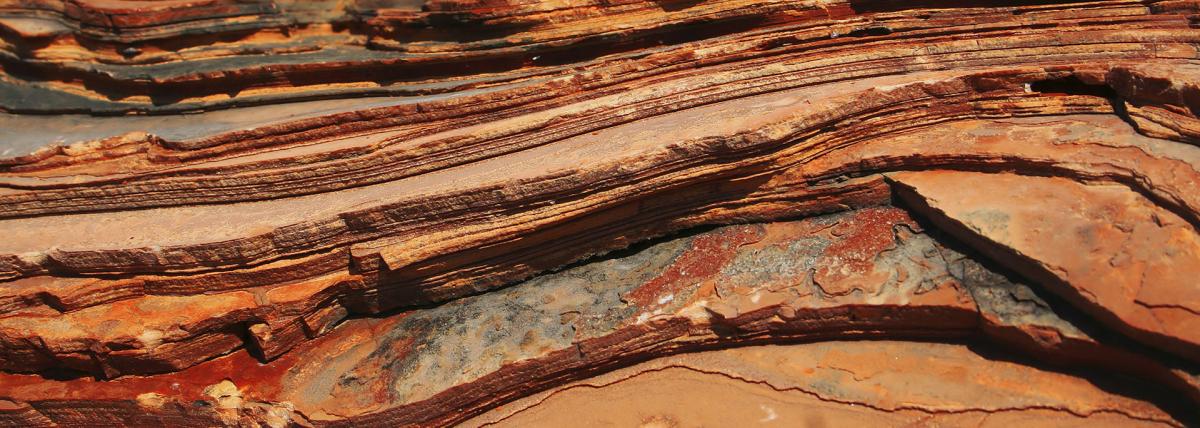
How old is Earth? How big is 1 million years compared to 1 billion years? Students will use three models to organize geologic time and practice cross multiplication to solve for a variable.

Students learn about the Colorado River watershed and the impact of water rights and usage. They will read about the past and present water flow data, build a model of the watershed, calculate data

A review of types of rocks and the rock cycle and tectonic movement. The creation of minerals. Using Associative Geology, legends, and probabilities, hunt for possible locations of the Lost Dutchman’s


